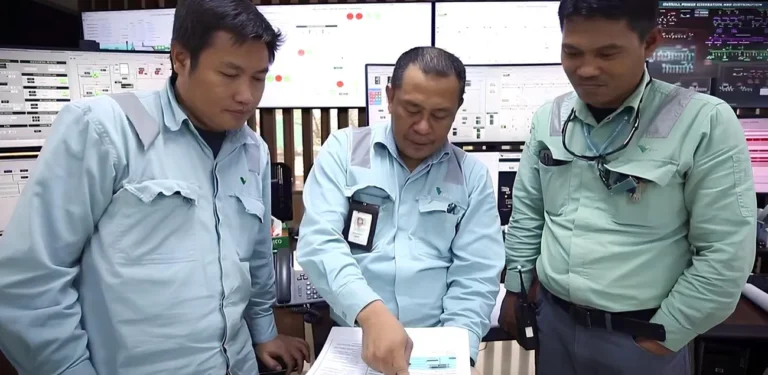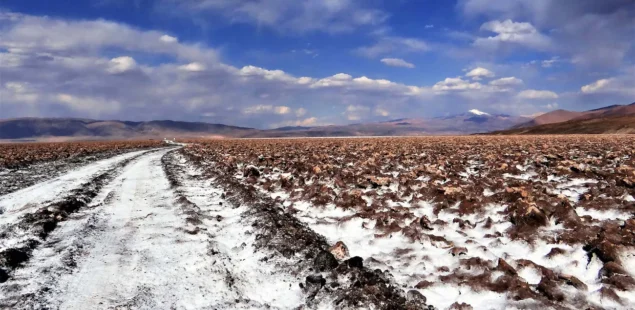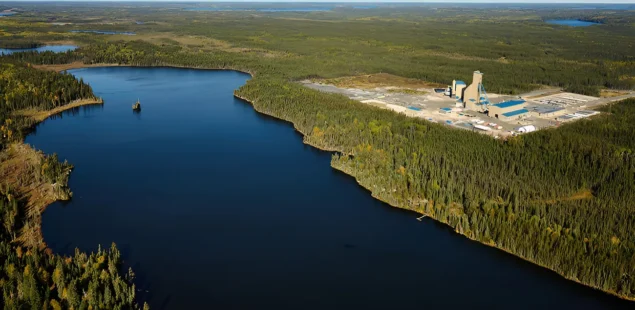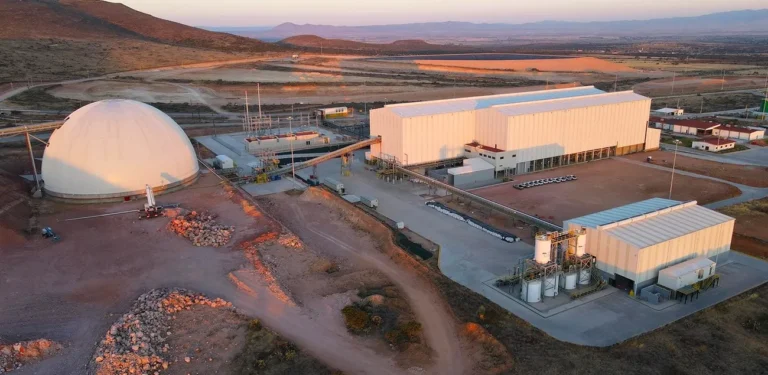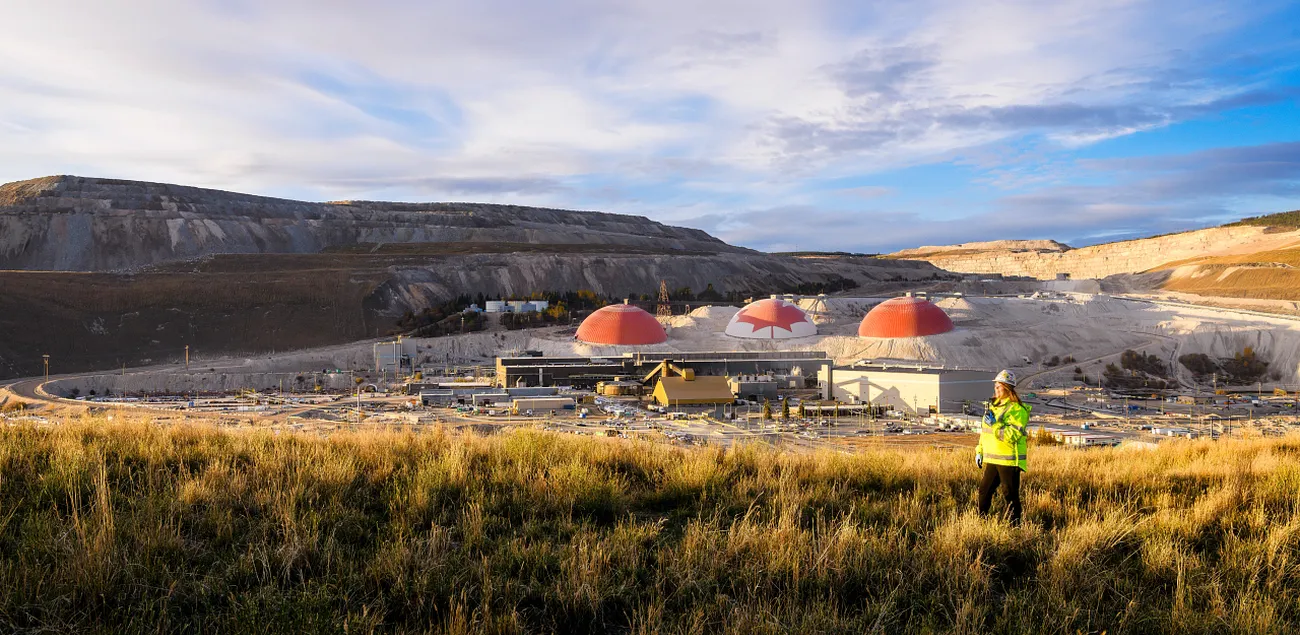
Teck Resources has approved the expansion of its Highland Valley Copper mine in British Columbia, pushing planned mine life out from 2028 to 2046. Average annual production is projected at 132,000 tonnes of copper. The project carries a capital cost of C$2.1–C$2.4 billion (US$1.54–1.76 billion), to be spent between late 2025 and 2028, with full construction set to begin in August 2025.
Mine Life Extension and Capital Plan
The Highland Valley Copper Mine Life Extension (HVC MLE) cleared its final provincial hurdles in June 2025, receiving an environmental assessment certificate and key permits. A pushback of the Valley Pit, paired with plant upgrades, will tap higher-quality ore while keeping roughly 1,500 permanent jobs intact and creating about 2,900 construction roles. Teck says the project “will generate a robust internal rate of return and secure access to this critical mineral for the next two decades.” CEO Jonathan Price adds it will “strengthen Canada’s critical minerals sector, generate new economic activity, and support the continuation of the jobs and community benefits that Highland Valley Copper delivers.
Operational Rationale and Production Profile
With average output pegged at 132,000 tonnes a year, Highland Valley remains Canada’s heavyweight copper producer—central to Teck’s ambition of doubling group-wide copper volumes by 2030. Capital will roll out in stages to blunt inflation risk, and the C$2.1–C$2.4 billion price tag already bakes in today’s cost pressures and likely tariff impacts. Because the pushback exposes deeper ore, extra waste stripping comes first, so cash flow builds gradually as the new phase ramps.
Employment, Regional and ESG Considerations
Keeping the mine alive through 2046 safeguards the economic spine of communities southwest of Kamloops. Teck highlights ongoing collaboration with Indigenous governments and local stakeholders, noting that the extension leans on existing roads, power lines and tailings facilities—sparing the land the footprint of a greenfield site. Water-use efficiency, energy savings and tighter tailings management are woven into permit conditions, giving the project an ESG frame that matches British Columbia’s evolving standards.
Company Background and Market Context
Having exited steelmaking coal, Teck is steering capital toward copper. Proceeds from that sale, plus healthy liquidity, mean the Highland Valley build shouldn’t hinge on fresh equity. Alongside the HVC revamp, the ramp-up of QB2 in Chile—aiming for 285,000–315,000 tonnes a year early in its life—anchors near-term growth. Teck’s 2025 copper guidance of 470,000–525,000 tonnes blends output from QB2, Highland Valley and smaller Latin American assets.
Copper’s role in electrification keeps demand prospects solid even as spot prices wobble. Extending Canada’s biggest copper mine to 2046 bolsters domestic supply at a time when green-field approvals are rare, underscoring the industry’s shift toward lower-risk brownfield expansions to feed the energy transition.
